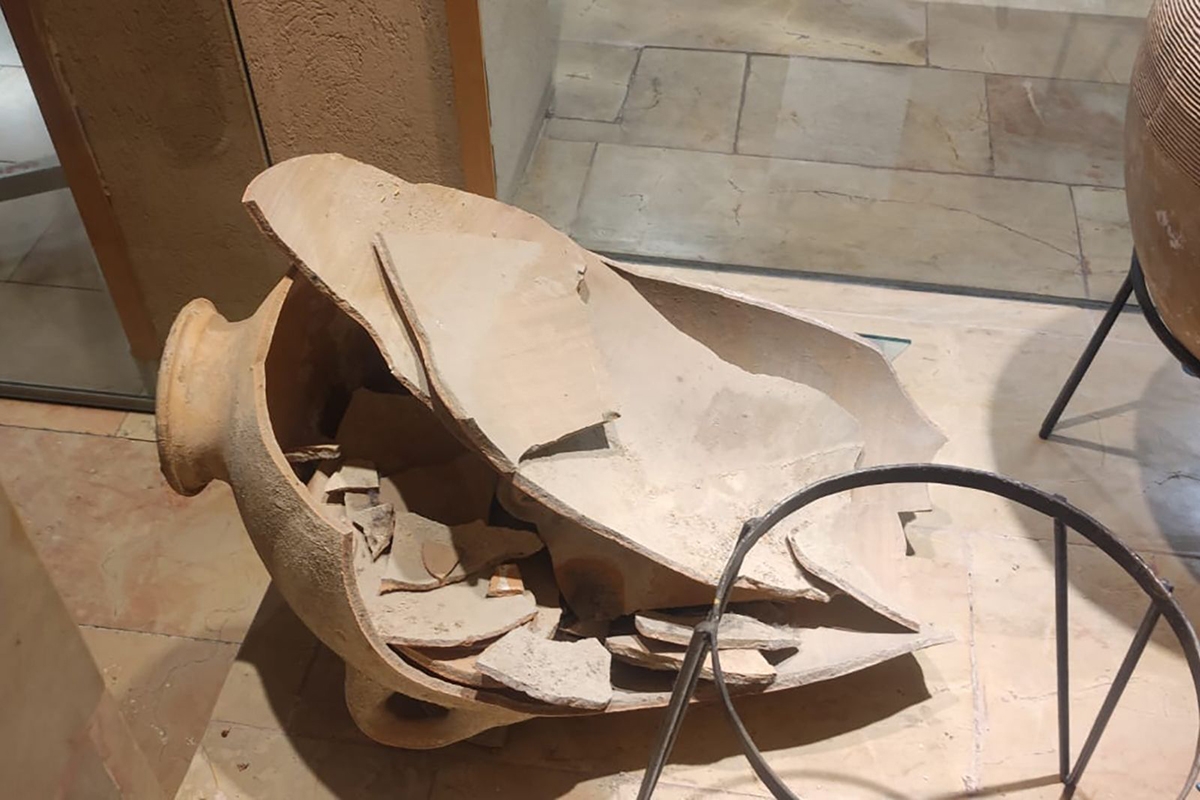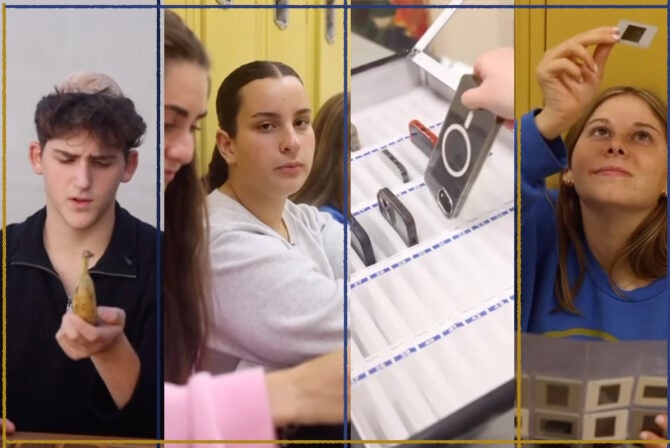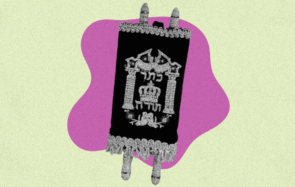Two parents visiting the Hecht Museum in Haifa, Israel experienced a parenting nightmare I wouldn’t wish on my worst enemy. Their 4-year-old son accidentally broke a 3,500-year-old jar. 3,500. Years. Old! That’s predating even the days of King David and Solomon. And while said jar, which dates back to the Bronze Age and was used to carry olive oil and wine by merchants, isn’t necessarily rare, an intact one, like the one that broke in last week’s tragedy, well, they’re pretty unique.
The sight was witnessed by a museum-goer named Nadav last Friday, who recounted it with much flourish on his X account (the platform formerly and perhaps forever known as Twitter). “Drama this morning at the Hecht Museum at Haifa University. A child broke an ancient jar. Lots of hustle and bustle and one child (four or five) crying bitter tears. The kid wouldn’t stop crying and looked truly miserable and the mother too didn’t really know how to respond (her response was something between scolding and comforting her child): ‘And now you say sorry to this man [the museum guard]… and you don’t let go of my hand.’ I went to the child and put an arm on his shoulder gently and told him, ‘I see that you’re a good boy and that this happened by accident and that it’s really upsetting you.'”
As a parent, I send my profound gratitude to Nadav for seeing a parent struggling and being there for a kid — you are a mensch. Apparently, the 4-year-old just wanted to see if there was something in the jug, which was on a heightened display but otherwise fully accessible to the public. He tried to tip it a little to peer in and the jar fell to the ground. The child’s father, Alex, later told BBC that he was so shocked to see his child next to the shattered artifact and couldn’t believe that it was him who broke it. Honestly, I can totally see how that would happen in the one second you weren’t looking at your child. This 5-year-old wasn’t running around wildly, just curious about the art. My heart truly goes out to him and to his parents, who were probably just trying, like so many of this late August, to survive a week without childcare.
דרמה הבוקר במוזיאון הכט באוניברסיטת חיפה. ילד שבר כד עתיק.
הרבה המולה ובהלה וילד אחד (בן 4-5) בוכה מרה pic.twitter.com/m7QbeEh8yG— נדב (@Nadubik) August 23, 2024
As a mama who loves art and wants to pass that love onto her offspring, there is nothing more nerve-wracking than going to an art museum with my kids, especially when they were toddlers. I often put them in a carrier, even sometimes when they were too big for it, or restrained them to the stroller even if fully capable of walking through the place just to keep myself from panicking every time I lost that tight grip on their hand. Now that they’re bigger, I think every two minutes I yelp stressed out “stay close to me!” or “we only look with our eyes!” and keep them away from the glasses of displays, even when I know they’re fully secure. I also talk to them about history and art, and answer their bazillion questions, and learn how to see the displays around me through their eyes, so overall, it still feels a worthwhile experience, but in the back of my head I’m constantly thinking about falling into a lifetime of debt and having to work three jobs if my kids accidentally ruin an artifact just by being their wild usual selves — you know, just casual parenting thoughts.
Luckily, just like Nadav, the museum itself had a menschy response to the accident. They were completely understanding and didn’t charge the parents for repairs (phew!) which luckily will be fairly fast and easy to accomplish — Israel is full of people experienced in fixing antiquities, and because there are pictures of the intact jar, putting it back together shouldn’t be too much of an issue. In fact, they even invited the family back to see the repaired jar when it’s ready to be back on display.
Inbal Rivlin, the head of the museum, recounted the experience on Radio Haifa. “There was a big hustle and bustle that was very hard to digest,” she recalled. “It was very surprising because we are very vigilant at the museum. Part of the rare artifacts are behind a display, but as part of the vision of Dr. Reuben Hecht [the late industrialist who founded the museum in order to house the archeological artifacts in his personal collection] there are installations that aren’t behind glass and are accessible to people. Breaking an artifact is a very rare thing that doesn’t happen often and it isn’t a reason for us to stop making things accessible or to put restrictions on our visitors,” she said. “This isn’t like the case that happened at the Israel Museum in 2023 when a tourist shattered statues because they went against his religion. In our case, a small child tripped accidentally on the jug, and because of cases like that we have insurance that we’ll make sure to activate and make sure to fix this ancient jug.” She also shared that they will use the opportunity to show how these kinds of works get repaired, and will probably have an installation with documentation of the restoration process.
Rivlin also has some thoughts about how the museum can do better by its young visitors. “The idea is to take old and rare artifacts and do a replica so that by every rare installation there will be an installation that can be touched. Children like to touch, to feel, and we want to be able to provide that experience,” she shared.
I love that so much. Can you think of a happier ending to this story? And while yes, Alex and his family do feel bad that the rare jar will never be the same again, if it hadn’t been for this story, many would not have known about the historical wonder housed at the Hecht Museum, so I’d call it a win.








